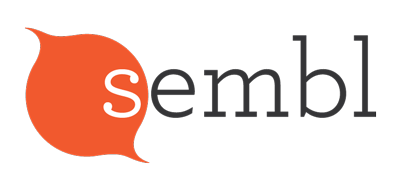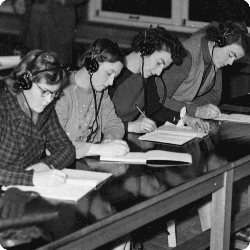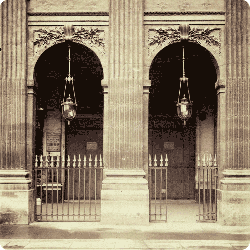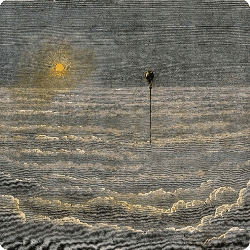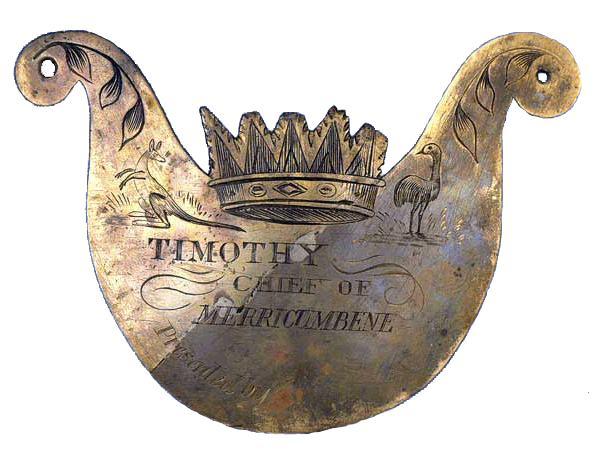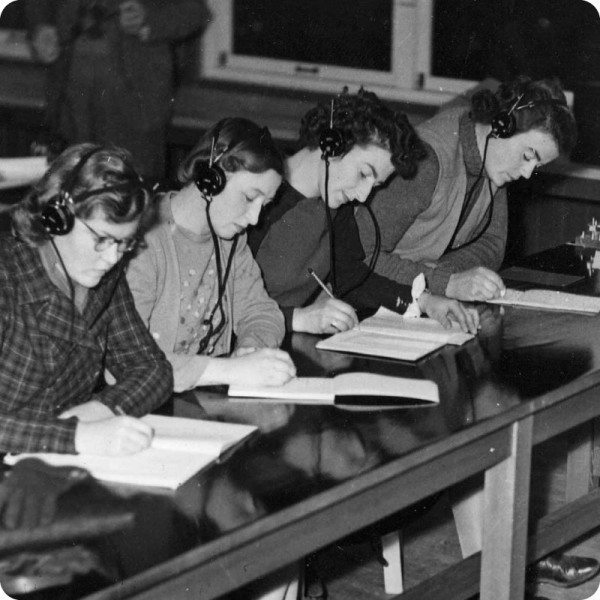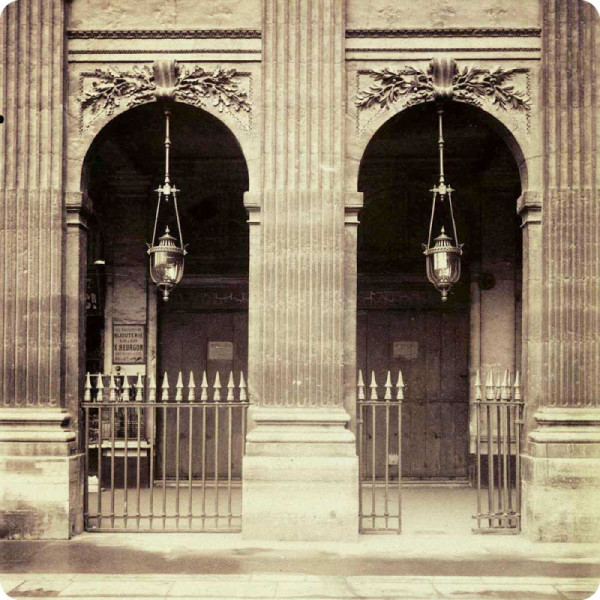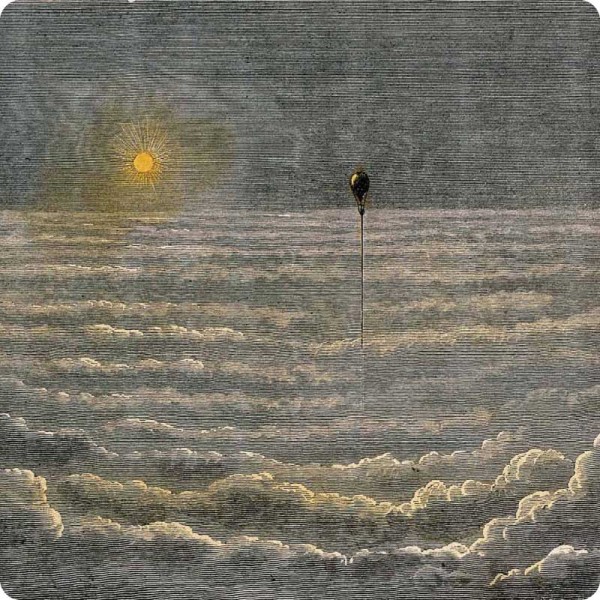a game of
creative connections
for
because
and
Smart people say…
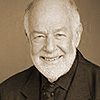
Visually and spatially appealing, Sembl is a powerful catalyst for imaginative and lateral creative thinking. It will challenge and encourage users, especially children, to think creatively and construct scenarios both real and imagined, and discover explanations otherwise not obvious or viewed as possible.
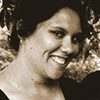
As an Indigenous person, I can say that Sembl shares core principles with many traditional knowledge systems. Seeing and knowing how we are connected helps us to articulate the position and potential we have – both individually and collectively – in the broadest scheme of things.
I’m also excited by Sembl’s value as a cross-cultural interface. By making connections and recognising relationships, we learn to value difference.

Sembl incredibly succesfully mixes competitive and collaborative play, creativity and expression, and exploration and inspiration. It’s the sort of game you think about when you’re not playing it, and it’s the sort of game that helps you see the world in new ways.
Ready to sembl?

Sembl’s lifeblood is openly-licensed cultural material.
- It’s free to play.
- It’s playable on tablet or desktop.
- Game data – sembls, ratings etc – will be shared with museums and other parties for use in their own interfaces.
- The codebase is open source, so the system can be adapted, refined and extended for the benefit of all.
Historical image credits – Animal magnetism, 1802, Wellcome Library, London // Diagram of atmospheric effects, 1846, Wellcome Library, London // Training at the Technical College, Canberra, c1940, State Library of Victoria // Palais Royal, c1904, J Paul Getty Museum // Hot air balloon above the clouds, Wellcome Library, London // Branding iron and breastplate, National Museum of Australia // Analytical engine by Charles Babbage, 1840, London Science Museum via a Haverford College resource on the history of mechanised thought // Arabic machine for a water-powered system, c16th–19th-century, Wikimedia // Microscopic organisms with mineral skeletons by Ernst Haeckel, Rhizopoda Radiaria, 1862, Biodiversity Heritage Library // Lacquered wooden domestic shrine, 19th century, Wellcome Library, London.
